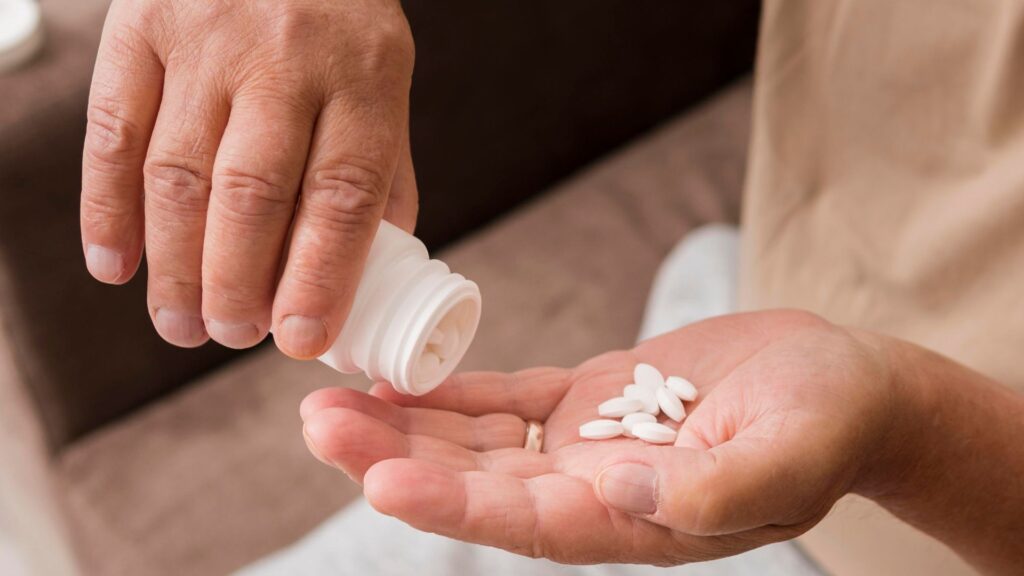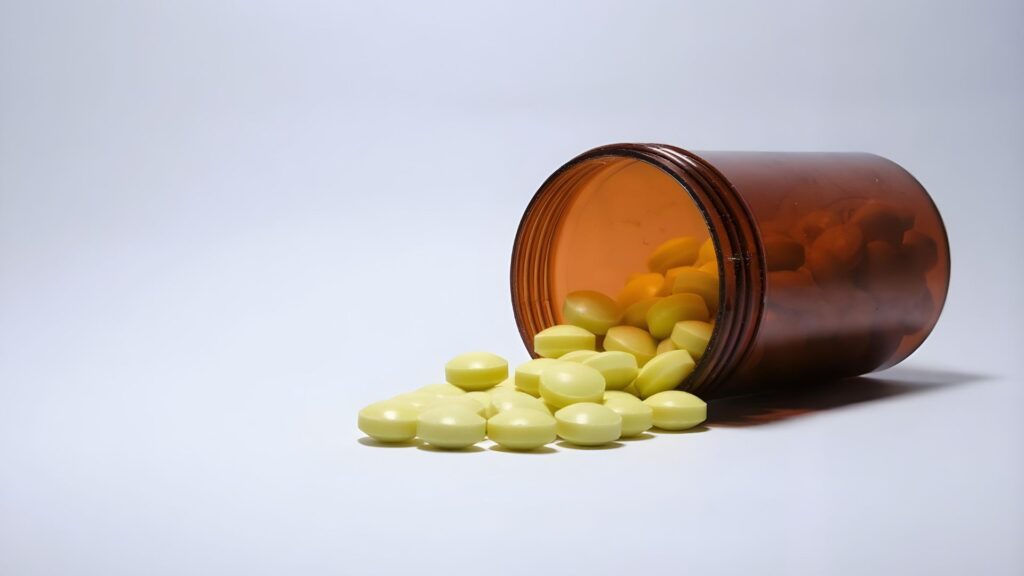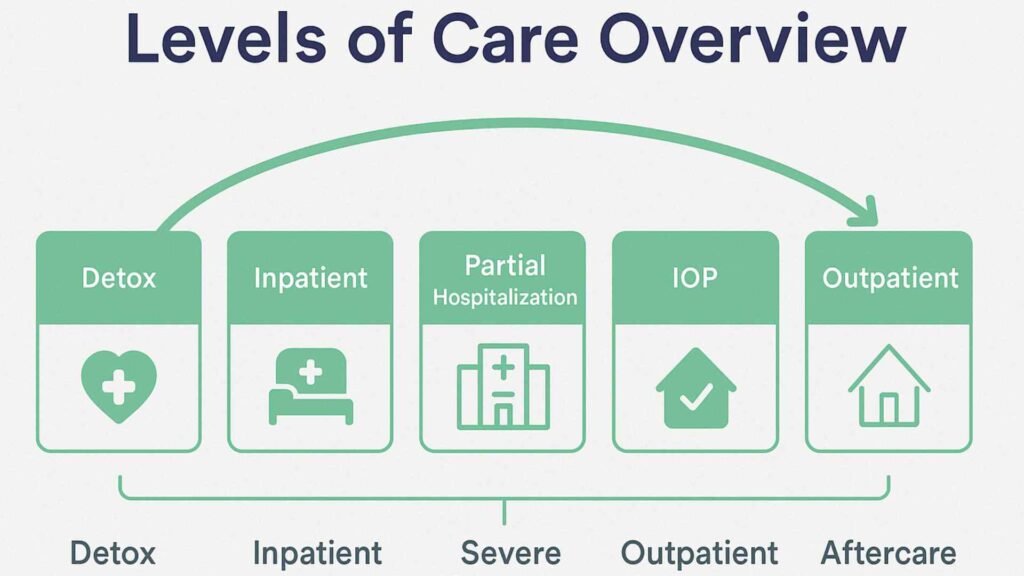Marijuana is one of the most commonly used substances among both adults and adolescents, with usage often beginning during the teenage years. As cannabis becomes more widely available and socially normalized, it’s increasingly important for parents and caregivers to recognize the signs of use early on. While some behavioral and emotional shifts are typical during adolescence, others may indicate marijuana involvement.
This article outlines the physical, behavioral, and psychological signs of marijuana use in teens to help you distinguish between normal developmental changes and potential substance use concerns. Early identification is key to providing the right support and intervention.

Physical Changes and Symptoms
One of the most recognizable physical symptoms is bloodshot or red eyes, a result of THC—the active compound in marijuana—dilating the blood vessels. Your loved one may also experience delayed reaction times and impaired coordination, which can affect both physical movements and cognitive processing.
A distinct, lingering odor is another common indicator. Marijuana smoke leaves a musky scent on clothing, hair, and skin that can be difficult to conceal, even with the use of sprays or air fresheners.
Other physical symptoms may include noticeable fatigue or a sudden lack of motivation. Teens who were once active may begin spending excessive time sleeping or disengaging from activities they previously enjoyed.
Our teen outpatient program in Toledo, Ohio, offers personalized support for adolescents experiencing the physical and psychological effects of marijuana use. We provide flexible, compassionate care designed to help young individuals regain stability, motivation, and a healthier lifestyle without disrupting their daily responsibilities.
Behavioral Red Flags
Parents may observe increased secrecy, such as locking bedroom doors, lying about whereabouts, or avoiding family interactions.
Unexplained appetite changes, especially “munchies” or late-night snacking, as well as the presence of unfamiliar odors, or attempts to mask smells with incense or sprays, are further behavioral clues.
At home, emotional instability—marked by frequent mood swings or irritability—can emerge. Previously active or engaged teens may become withdrawn, losing interest in hobbies, sports, or family involvement. While some of these changes can be part of normal adolescence, when seen together, they may suggest a deeper issue that warrants attention.
Social Circle Shifts and Peer Group Changes
Changes in a teenager’s social circle can be a strong indicator of potential marijuana use. Adolescents who distance themselves from longtime friends and begin spending time with a new group—particularly those known to use substances—may be at increased risk of experimentation due to peer influence. Research indicates that teens who associate with peers who use marijuana are significantly more likely to try it themselves.
Parents may notice increased secrecy about new friendships or reluctance to introduce friends to the family. Teens might also withdraw from shared family time in favor of spending time with their new social group.
While it’s important to respect a teen’s growing independence, monitoring shifts in friendships can provide valuable insight. If new peers exhibit signs of substance use or treat marijuana casually, it may be time to initiate an open, non-confrontational conversation about peer dynamics and the risks associated with drug use.
Academic Performance and Attendance Issues
Marijuana use among adolescents is associated with notable declines in academic performance and school engagement. If a teenager’s grades begin to drop significantly—such as falling from As to Cs or Ds—substance use may be a contributing factor. Studies have shown that marijuana can impair cognitive functions like attention, memory, and learning, which are critical for academic success.
Teens who regularly use marijuana may also exhibit increased absenteeism, skipping classes or showing a lack of interest in school-related responsibilities. Activities they once enjoyed, such as sports, clubs, or arts programs, may be abandoned as motivation declines.
Warning signs to watch for include missed assignments, poor test performance, and feedback from teachers regarding reduced effort or classroom participation. When these academic concerns occur alongside other physical or behavioral changes, they may indicate that marijuana use is impacting your teen’s ability to function effectively in school.
Mood-Related Warning Signs
Adolescents who use cannabis may exhibit mood swings that are sudden and intense, shifting from periods of elevated mood to irritability or anger without clear cause. This emotional volatility can strain family relationships and disrupt daily functioning.
Anxiety and paranoia are also common psychological symptoms. Teens may begin to express irrational fears, heightened suspicion, or discomfort in social situations they once navigated with ease. These changes in emotional stability can signal that marijuana is affecting their mental health.
Irritability during periods of non-use may further indicate a developing psychological dependence. When these emotional symptoms persist or worsen over time, it may suggest that marijuana is playing a larger role in your teen’s life and requires professional attention. Aside from marijuana, here are some other causes of addiction.

Drug Paraphernalia and Hidden Items
The presence of drug paraphernalia is often a clear and tangible indicator of marijuana use in teens. Common items associated with cannabis consumption include hand pipes, water pipes (bongs), vaporizers, rolling papers, and blunt wraps. These tools may be found in personal spaces such as bedrooms, backpacks, or vehicles.
Additional items like hookahs, small plastic baggies, and lighters that seem out of place can also suggest use. Some teens may use edibles—marijuana-infused food products such as brownies, gummies, or cookies—as a more discreet method of consumption. These items often resemble regular snacks, making them harder to identify without close inspection.
Teens may go to great lengths to conceal these items, hiding them in drawers, under furniture, or within bags and clothing. The discovery of any paraphernalia should not be overlooked, as it provides concrete evidence of use and should prompt a calm, immediate discussion about their behavior and well-being.
Communication Strategies When You Suspect Use
Effective communication plays a critical role in addressing potential marijuana use in teens. Ideally, conversations about substance use should begin before adolescence, helping to establish trust and open dialogue about risk factors and healthy choices.
If signs of marijuana use have already emerged, it’s important to create a calm, nonjudgmental environment where your teen feels safe to speak honestly. Avoid accusatory language and instead focus on listening attentively and without interruption. Encourage openness by asking thoughtful, non-confrontational questions.
When discussing marijuana, rely on evidence-based information. Explain how cannabis can affect brain development, cognitive function, emotional regulation, and academic performance—especially during the teenage years.
Resistance or defensiveness is common, but consistency and patience are key. Maintain regular conversations about their social environment, as changes in friendships often reflect increased exposure to substance use. The goal is not only to uncover the truth but to strengthen the parent-teen relationship and foster healthy decision-making.
Final Thoughts from Abundance Treatment
Recognizing the warning signs of marijuana use in teens is the first step toward protecting their health and future. Don’t dismiss sudden changes in their appearance, school performance, social behavior, or emotional well-being. When multiple red flags appear, it’s time to take action. Initiate an open, judgment-free conversation with your teen. Early intervention can prevent long-term consequences and set the stage for meaningful recovery.
At Abundance Treatment in Ohio, we offer flexible and affordable outpatient programs tailored to the needs of both adolescents and adults struggling with marijuana use. Our compassionate, evidence-based approach empowers individuals and families to regain stability, rebuild trust, and move forward with confidence.




































